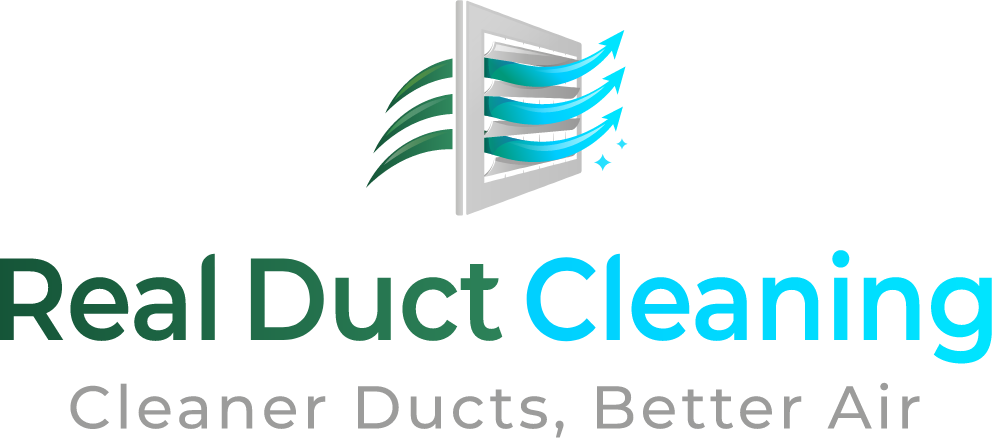Indoor air pollution can affect your health, comfort, or well-being.
It’s made up of a number of invisible and very fine particles. We not only breathe this in daily, but it can enter our bloodstream if the particulate size is below a certain threshold—such as mold and off-gasses from new furniture.
Our indoor may smell acceptable, or have no noticeable smell at all, yet indoor air pollution could still be present.
With that in mind, it’s best to focus on what we can do to correct and reduce it. We’ll all have some amount of indoor air pollution forever, but the type and amount of it are two things worth focusing on, since that can lead to better health or comfort at home.


Indoor air pollutants can include mold, pollen, chemical substances like volatile organic compounds (or VOCs), carbon monoxide, and radon.
Indoor air pollution comes from various sources in your indoor environment—cleaning products, new furniture off-gassing, building materials, and even cooking.
The World Health Organization says indoor air pollution is a risk factor for preventable diseases.
Breathing in polluted indoor air can lead to short-term headaches, dizziness, or eye irritation, or long-term health issues like respiratory diseases, heart disease, or cancer.
Some Common Causes of Indoor Air Pollution
- Cooking food, smoking, or burning wood, oil, gas, kerosene, or tobacco can release carbon monoxide, particulate matter, and volatile organic compounds (VOCs) into our homes.
- Furniture, carpets, and insulation can emit formaldehyde and other VOCs. Paints, varnishes, and sealants also contribute to VOC levels.
- Household cleaning products, disinfectants, air fresheners, and pesticides contain chemicals that can degrade indoor air quality.
- Mold, caused by dampness, poor ventilation, or high humidity, releases spores and mycotoxins that can be harmful when inhaled.
- Radon is a naturally-occurring radioactive gas that can enter buildings through cracks in the foundation or walls and is a known risk factor for lung cancer.
Indoor air pollution can have various health impacts, ranging from short-term effects like irritation of the eyes, nose, and throat, headaches, dizziness, and fatigue, to long-term effects such as respiratory diseases, heart disease, and cancer.
Improving ventilation, controlling sources of pollution, maintaining proper humidity levels, and using air purifiers can help reduce indoor air pollution and its associated health risks.
Indoor Air Can Be 2-5X, or 100X as Bad as Outdoor Air
Indoor air quality can be significantly worse than outdoor air quality, even in the most industrialized cities. The U.S. Environmental Protection Agency (EPA) has reported that indoor levels of pollutants may be two to five times — and occasionally more than 100 times — higher than outdoor levels. This is a big concern because people spend up to 90% of their time indoors.
Cleaning is the Easiest Way to Improve—But Leaves a Lot Undone
To reduce indoor air pollution, enhance ventilation, use air purifiers, maintain humidity levels below about 50 percent, minimize pollutant sources, and keep your home clean.
How Real Duct Cleaning Can Help
Real Duct Cleaning, with its expertise in air duct cleaning and indoor air quality improvements, can play a significant role in reducing indoor air pollution in your home through several services:
Air Duct Cleaning:
Over time, air ducts can accumulate dust, debris, pet dander, and other allergens. Real Duct Cleaning can thoroughly clean your home’s ductwork to remove these contaminants, which can improve the overall air quality and efficiency of your HVAC system.
HVAC System Inspection:
The company can inspect your HVAC system for any signs of mold, mildew, or other microbial growth that could be contributing to poor indoor air quality. They can recommend solutions to address these issues.
Ventilation Improvement:
Proper ventilation is crucial for maintaining good indoor air quality. Real Duct Cleaning can assess your current ventilation system and suggest enhancements or repairs to ensure adequate air exchange with the outside environment.
Filter Replacement:
The company can replace or upgrade HVAC filters to higher efficiency models, such as HEPA filters, which can capture finer particles and improve the air quality inside your home.
Dryer Vent Cleaning:
Lint buildup in dryer vents can pose a fire hazard and also contribute to indoor air pollution. Real Duct Cleaning can clean dryer vents to ensure they are free from obstructions, reducing the risk and improving efficiency.
Sealing Ductwork:
Leaky ducts can allow pollutants from unconditioned spaces like attics or crawl spaces to enter the ductwork and circulate throughout your home. The company can seal and insulate ducts to prevent this contamination.
By availing of these services, you can ensure the air circulating through your HVAC system is as clean as possible, helping to reduce the amount of indoor air pollutants you’re breathing in.






